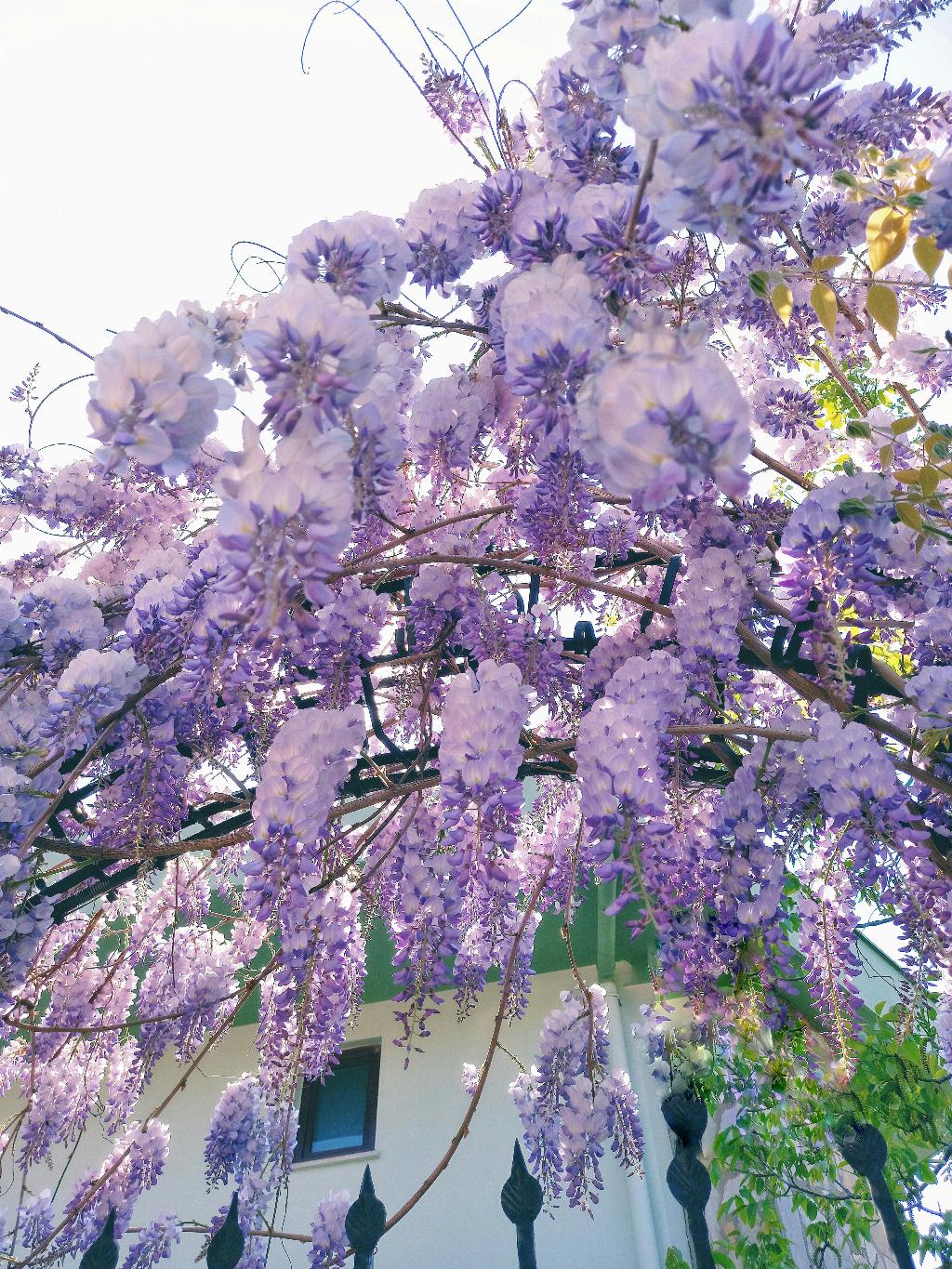When it comes to planting wisteria, timing is key to ensure the best growth and blooming potential for this stunning vine. The ideal time to plant wisteria is between October and April, while container-grown wisterias can be planted throughout the year, with autumn and winter being optimal for ease of care.
Choosing the Right Location
For wisterias to thrive and produce abundant blooms, it is crucial to plant them in fertile, well-drained soil. Additionally, wisterias prefer full sun for optimal growth, so selecting a location that receives ample sunshine is essential. South- or west-facing walls or pergolas are ideal choices for planting wisteria to ensure they receive sufficient sunlight.
Preparing the Soil
Before planting wisteria, it is important to prepare the soil properly to provide the vine with the nutrients it needs to thrive. Amend the soil with organic matter like compost to improve drainage and fertility, creating an ideal environment for the wisteria to establish itself.
Planting Wisteria
When planting wisteria, dig a hole that is twice as wide and deep as the root ball to give the roots plenty of room to spread out. Gently loosen the roots and position the plant in the center of the hole, making sure it sits at the same depth as it was in the container. Backfill the hole with soil, firming it gently around the base of the plant.
Watering and Mulching
After planting wisteria, water it thoroughly to help settle the soil and ensure the roots receive adequate moisture. Apply a layer of mulch around the base of the plant to help retain moisture, suppress weeds, and regulate soil temperature, promoting healthy growth.
Supporting Wisteria Growth
Wisteria is known for its vigorous growth habit, so providing a sturdy support structure is essential to prevent damage to walls or fences. Install a trellis or pergola for the vine to climb on, ensuring that it has ample room to spread and grow without becoming overcrowded.
Pruning Wisteria
Regular pruning is crucial for wisteria to maintain its shape, promote flowering, and prevent it from becoming unruly. Prune wisteria in late winter or early spring before new growth appears, removing any dead or damaged wood and shaping the vine to encourage blooming.
Fertilizing Wisteria
While wisterias are relatively low-maintenance plants, occasional fertilization can help promote healthy growth and flowering. Apply a balanced fertilizer in early spring before new growth begins to support the plant’s nutrient needs.
Pest and Disease Management
Keep an eye out for common pests and diseases that can affect wisteria, such as aphids, scale insects, and powdery mildew. Regular inspection of the plant can help identify any issues early on, allowing for prompt treatment to prevent damage.
Training Wisteria
Training wisteria to grow in the desired direction can help create a more visually appealing display and prevent it from overtaking other plants or structures. Gently guide the vine along the support structure, securing it in place as needed to encourage upward growth.
Encouraging Blooming
If your wisteria is not blooming as expected, there are a few tricks you can try to encourage flowering. Avoid over-fertilizing the plant, as an excess of nitrogen can promote leafy growth at the expense of blooms. Additionally, pruning the plant regularly can stimulate flower production.

Enjoying the Beauty of Wisteria
With proper care and attention to its growing needs, wisteria can reward gardeners with breathtaking displays of cascading blooms and lush foliage. Sit back, relax, and enjoy the beauty and fragrance of this enchanting vine as it graces your garden with its presence.
